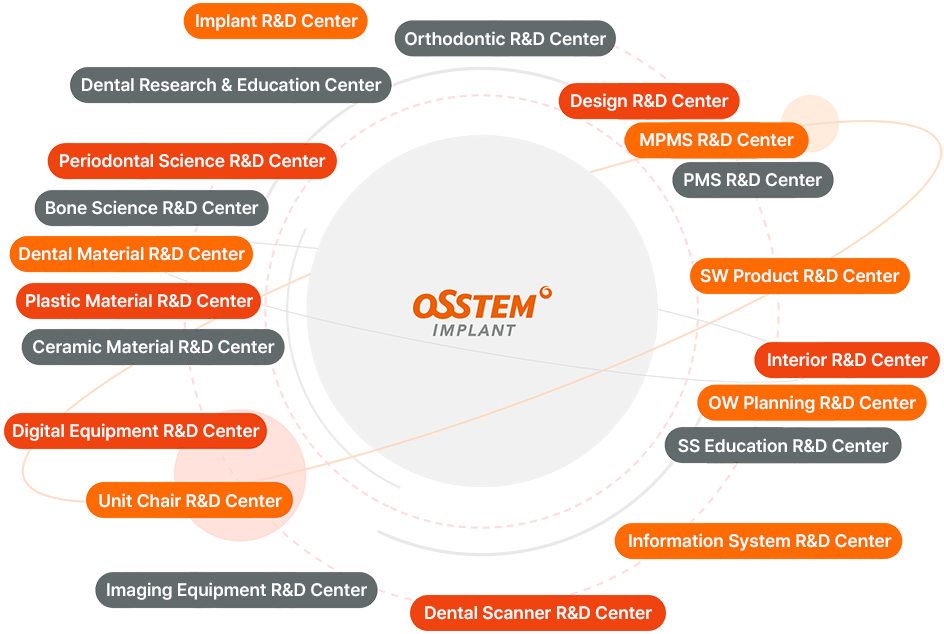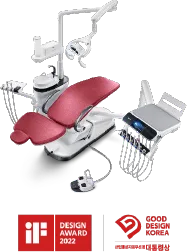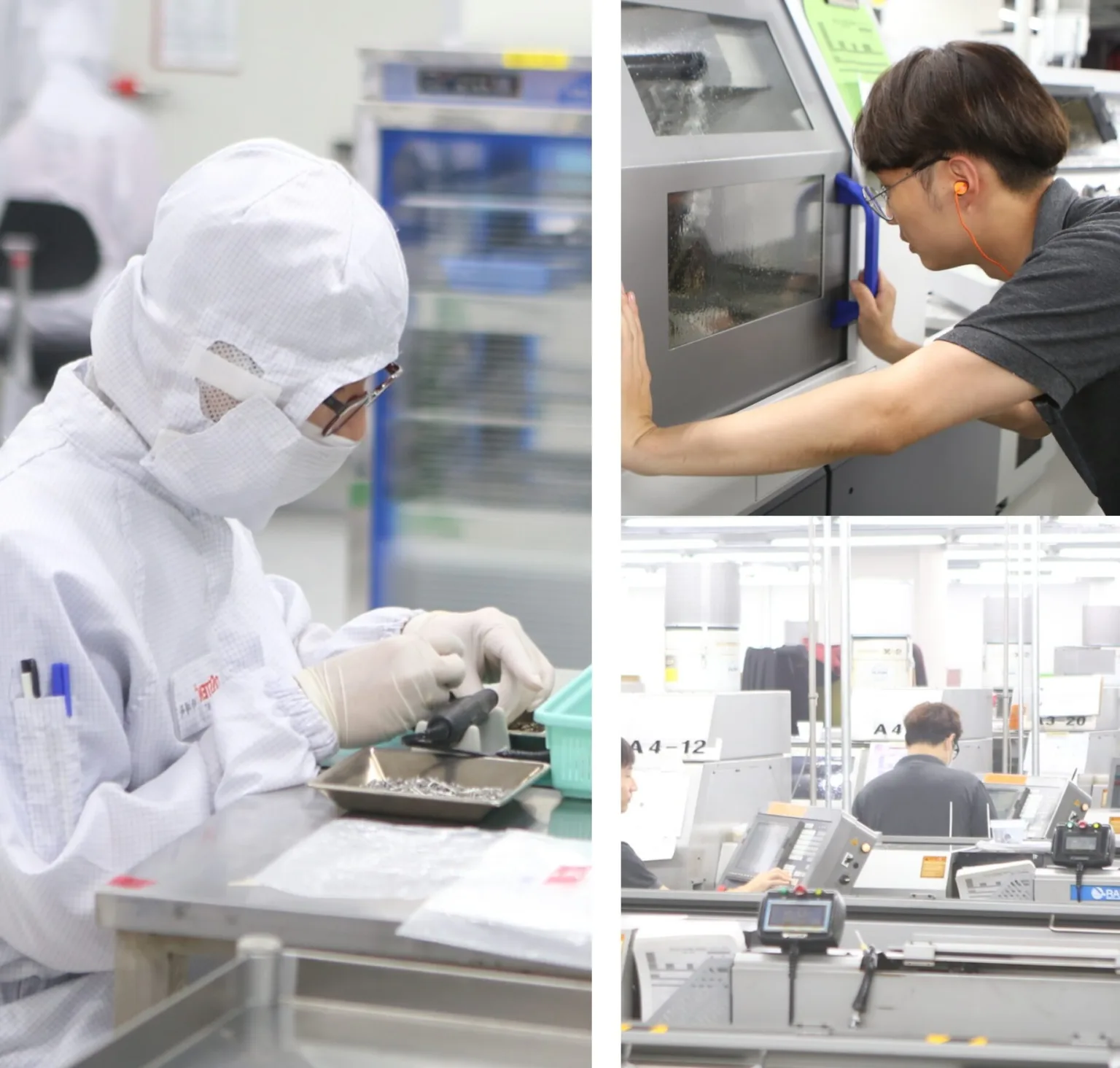




The material of dental implants
Implants can be made from various materials, with titanium and titanium alloys being the most commonly used. Titanium is characterized by its biocompatibility and strength, making it an ideal material for implants. Another advantage of titanium is its low reactivity in the body, which minimizes the likelihood of rejection.
Lorem ipsum dolor sit amet, consectetur adipiscing elit. Ut elit tellus, luctus nec ullamcorper mattis, pulvinar dapibus leo.
Lorem ipsum dolor sit amet, consectetur adipiscing elit. Ut elit tellus, luctus nec ullamcorper mattis, pulvinar dapibus leo.
Lorem ipsum dolor sit amet, consectetur adipiscing elit. Ut elit tellus, luctus nec ullamcorper mattis, pulvinar dapibus leo.
Lorem ipsum dolor sit amet, consectetur adipiscing elit. Ut elit tellus, luctus nec ullamcorper mattis, pulvinar dapibus leo.
The surface treatment of implants is crucial for the success of osseointegration, i.e., the firm integration of the implant into the bone. Common surface treatments include sandblasting, etching, or the application of special coatings. These procedures improve the surface roughness and promote faster and more efficient integration into the bone.
Treatment for dental implantation usually begins with a thorough examination by your dentist.
The actual implantation process involves inserting the implant into the jawbone. This is often done as an outpatient procedure under local anesthesia. The dentist opens the gum, drills a hole in the jawbone, and inserts the implant. The gum is then resealed.
During the healing phase, which can last several weeks to months, the implant integrates into the jawbone in a process known as osseointegration. During this time, you may wear a temporary crown or denture.
After successful osseointegration, the dentist places a connector (abutment) onto the implant and attaches the custom-made crown. The crown is attached to the abutment and carefully adjusted to ensure natural aesthetics and functionality.
Regular follow-up visits are important to ensure the implant heals well and remains firmly anchored in the jawbone for the long term.
It is important to note that each case is unique, and the exact steps may vary depending on the patient’s specific needs and requirements. Your dentist will guide you through the entire process and ensure you receive appropriate information and care.
Important points for caring for a dental implant:
Oral Hygiene
Follow-up Care & Check-ups
Lorem ipsum dolor sit amet, consectetur adipiscing elit. Ut elit tellus, luctus nec ullamcorper mattis, pulvinar dapibus leo.
Lorem ipsum dolor sit amet, consectetur adipiscing elit. Ut elit tellus, luctus nec ullamcorper mattis, pulvinar dapibus leo.
Lorem ipsum dolor sit amet, consectetur adipiscing elit. Ut elit tellus, luctus nec ullamcorper mattis, pulvinar dapibus leo.
Lorem ipsum dolor sit amet, consectetur adipiscing elit. Ut elit tellus, luctus nec ullamcorper mattis, pulvinar dapibus leo.
Diet
Smoking
It is important to follow your dentist’s specific instructions and attend regular follow-up appointments to ensure your implant remains healthy in the long term!